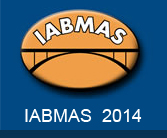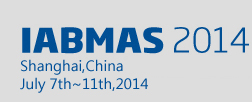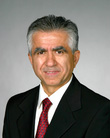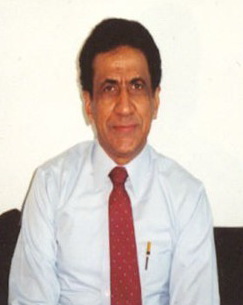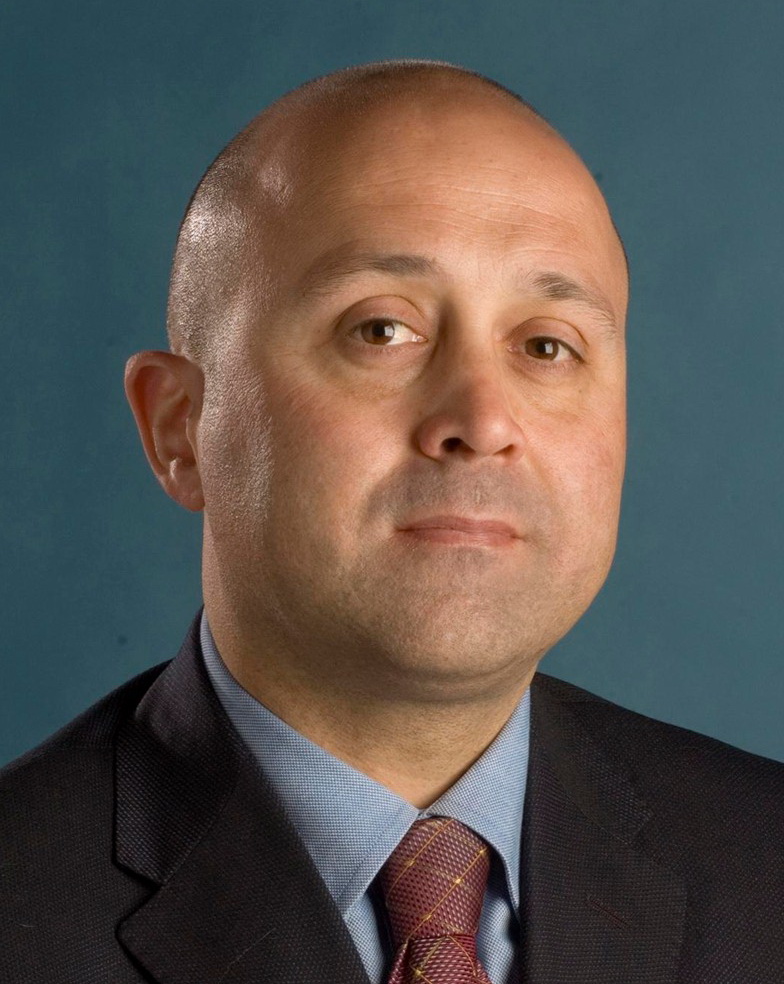|
PROGRAM
|
SS 1 Steel Bridge Rehabilitation In this special session, six papers on evaluation, assessment, repair and retrofit of fatigue and corrosion damage in steel highway and railway bridges are presented and discussed. We have a number of steel highway and railway bridge structures especially in urban area in Japan. Some of those structures suffer various types of fatigue and corrosion damage, but replace of them should be too expensive, and restriction or close of the traffic could be hardly allowed. So, rehabilitation of those structures becomes of great importance.
SS 2 Forensic Engineering for bridges: state of the art and future trends Despite the increase in the design sophistication and the advances in construction techniques, several bridge failures occurred in recent years. Such failures are not limited to catastrophic collapses resulting also in loss of life, but include situations where there is an unacceptable difference between the expected and the observed performance. Regardless of the type of failure, the majority results in extensive and expensive litigation, and requires the intervention of professional engineers to carry out accurate back analyses in order to investigate on the causes.
SS 3 Extreme Load Performance and Design of Bridges for Accelerated Bridge Construction Accelerated bridge construction (ABC) is a nationwide initiative promoted by the US Federal Highway Administration and supported by a large number of states. ABC offers numerous advantages over conventional bridge construction that serve the goals of the “Everyday Counts” program in which tremendous effort is placed on reducing highway construction time and disruption to traffic. Prefabricated bridge components are used extensively in ABC. Under extreme loads such as hurricanes, earthquakes, blast, and vehicle collisions, connections of these components become especially critical. Significant research has been in progress to address performance of connections and components under extreme loads. The proposed session will provide a forum for researchers and engineers from around the world to share their findings.
SS 4 Bridge Maintenance Strategies towards Enhanced Serviceability Maintenance and retrofitting of existing highway bridges are playing important roles towards the feasibility of an uninterrupted flow of highway traffic. The hostile environmental conditions and the ever increasing traffic along with heavy truck loads create problems and various well-thought and well-planned maintenance strategies may solve most of these problems before they are problems.
SS 5 Accelerated Bridge Construction (ABC) – A Paradigm Shift in Bridge Engineering The Accelerated Bridge Construction (ABC) concept was introduced to overcome many challenges that arise when dealing with extended periods of construction. ABC brings in many advantages including enhanced safety and reduced user cost. It is envisioned that ABC will soon be the common practice in bridge construction. At present, highway agencies are implementing ABC technologies at an experimental level to broaden their experience as well as to provide opportunities for others to learn. Concurrently, all the stakeholders are working hand-in-hand to address implementation as well as design, inspection, and monitoring challenges. This session aggregates ABC practice, performance, and research.
SS 6 Bridges for High-Speed Railways Bridges for High-Speed Railways involves very specific problems where the train-track-bridge system behavior is of great relevance. The main scope of this thematic session is to present advanced knowledge in several topics on this subject, considered most relevant to the design, monitoring, maintenance, safety and management of this type of structures, and share the most innovative and interesting experiences on this field.
SS 7 Structural Redundancy, Robustness and Resilience of Bridges Notable events of bridge collapses due to accidental loads, environmental aggressiveness and related phenomena, such as corrosion and fatigue, indicated structural robustness and redundancy as key factors for a rational approach to design of deteriorating bridges and infrastructure systems. Structural resilience is also an important indicator in bridge engineering to express the capability of bridge structure and infrastructure systems exposed to extreme events, such as earthquakes, to withstand the load effects and to recover efficiently the original configuration. However, the concepts of robust, redundant and resilient structures, or damage-tolerant structures, are still issues of controversy, since there are no well established and generally accepted criteria for a consistent definition and a quantitative measure of these performance indicators. The aim of this special session is to present advances on this subject and to provide conceptual and analytical design tools that can effectively be implemented in design practice for measuring and evaluating structural robustness, redundancy and resilience of bridge structures and infrastructures with respect to prescribed sources of damage.
SS 8 Risk and Bridge Management 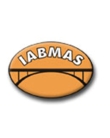 Technical Committee on Bridge Management IABMAS Transportation agencies are increasingly required to quantify risk in their asset management activities, and to manage their assets to control risk. Risk factors are inherent to an ageing and deteriorating bridge stock, while at the same time the use of the network intensifies. Additional risk factors arise from natural hazards and man-made or controllable hazards. While methods exist to quantify and manage many of these in a site-specific manner, there is a need to measure and manage risk at the level of corridors or entire networks. Bridges are an important element of any systemic risk management approach. This Special Session is dedicated to research and implementation of methods for quantifying and managing risk at a level suitable for routine data collection and management of large numbers of bridges. This special session is organized by the technical committee on Bridge Management within IABMAS.
SS 9 Cable vibration mitigation, inspection and monitoring Cable vibration mitigation, inspection and monitoring are major concerns throughout life cycle of cable supported bridges. Different vibration mitigation methods are proposed and applied in engineering practices, including aerodynamic countermeasures, passive and semi-active dampers, cross-ties, to suppress these harmful vibrations. However, it seems that this problem has not been well solved yet as there are still reported cable failures from time to time. To ensure cable safety, different inspection and monitoring techniques are also proposed and applied, especially nondestructive tests. This session aggregate the practice and challenge of cable vibration mitigation, inspection and monitoring problem.
SS 10 Bridge life cycle design -- approach and practice application  Gao Liu CCCC Highway Consultants CO., Ltd CCCC Highway Bridge National Engineering Research Centre CO., Ltd. Beijing, China  Junhai Ma CCCC Highway Consultants CO., Ltd CCCC Highway Bridge National Engineering Research Centre CO., Ltd. Beijing, China With the move towards sustainable development comes the need for traditional approach to be expanded to encompass the life cycle of the bridge. As a new design methodology, bridge life cycle design takes into account all aspects of construction practice of a bridge, from planning, design, construction and management of service phase to demolishment and recycling of materials and components, which optimizes all alternative solutions based on the performance targets during the entire design life of the bridge. In recent years, the new design methodology has been put into practice in many bridges such as E-dong Bridge, Hong Kong-Zhuhai-Macau Link, etc. to be examined and improved. The aim of this special session is to discuss the different issues in bridge life cycle design, including design life plan, performance design, maintenance design, ecological design, risk assessment and life cycle cost analysis, etc. and their application in practice bridges to bridge the gap between design theory and practice engineering.
SS 11 Latest Achievements in Integral Abutment Bridges In the last few years, the integral abutment bridge (IAB) concept has become quite common. It is, incidentally, not a newly developed concept, its formulation dating back at least to the 1930s, in order to deal with long-term structural problems frequently occurring with conventional bridge design. The original IAB concept was, by the way, not well managed at that time and it turned out to cause numerous problems related to the post-construction life of the structure due to the specific type of design and to the soil–structure interaction problems that still represent a challenging problems requiring the synergy of both structural and geotechnical engineers. At present, the IAB concept is generating considerable interest among bridge engineers because of the enormous benefits due to elimination of expansive joints and reduced installation and maintenance costs. The superstructure of integral abutment bridges is made continuous through a composite cast-in-place concrete deck slab over pre-stressed concrete or steel girders and continuity diaphragms, and the system constituted by the sub- and the super-structure acts as a single structural unit. The monolithic connection between the super-structure and the sub-structure makes IABs different from other conventional bridges and allows for a remarkably increased redundancy with improved response during seismic and other extreme events. Furthermore, the IAB concept has proved to be successful in eliminating a number of problems related to the management of conventional bridges during their service life, turning out to be economically favorable both with reference to construction and maintenance costs. It would be, by the way, rather naive to consider this kind of structure as maintenance-free. In fact, the IAB concept suffers from an intrinsic and fundamental flaw deriving from the need to accommodate the different displacements between the moving superstructure and the fixed ground caused by the variation in length deriving from seasonal variations of air temperature. Besides, as usual for statically undetermined structures, the effects of temperature changes have to be carefully evaluated. All experiences and research related to this topic are welcome to contribute in this session, especially the soil-structure interaction, thermal effects, case studies and new developments in IABs.
|
